Scroll Down to Read Today’s Essay
Subscribe to Baseball History Comes Alive for automatic updates. As a Free Bonus, you’ll get instant access to my Special Report: Gary’s Handy Dandy World Series Reference Guide!
“Erased No-Hitters” Photo Gallery
Click on any image below to see photos in full size and to start Photo Gallery:
Fun With “Erased” No-Hitters!
Wow…you learn something new about this game every day! Here’s something I was previously unaware of: Erased No-Hitters!
I recently discovered that back on August 27, 1937, eighty-six years ago today, Brooklyn Dodger Fred Frankhouse pitched 7.2 innings of no-hit ball against the Reds in the Dodgers’ 5-0 victory. The game was halted in the seventh due to a heavy downpour that hit Ebbets Field. As was customary at the time, the game officially went into the books as a no-hitter.
New Rule Change!
And that’s the way it stood until 1991. That year, MLB’s Committee for Statistical Accuracy, chaired by Commissioner Fay Vincent, changed the official definition of a no-hitter, declaring it to be: “A game in which the pitcher throws nine innings or more without giving up a hit.” With this new, narrowly defined ruling, 50 previous no-hitters were wiped from the record books with the simple stroke of a pen, including the one mentioned above thrown by Fred Frankhouse. The Elias Sports Bureau then created a separate category for these eliminated no-hitters, which included a home for:
“…the seven-inning doubleheader no-hitters that became a thing in the pandemic-laden years of 2020 and 2021. The 1991 ruling also wiped out 12 no-hitters by pitchers who threw nine innings of no-hit ball only to yield a hit in extra innings (1)
Now I certainly don’t expect you to recognize the name Fred Frankhouse. He’s someone that only baseball history “nerds” like me would know. But he’s pictured in the beautiful Don Stokes colorization above while a member of the woeful 1939 Braves. The photo is one of my favorites among Don’s many outstanding colorizations, and so this gives me another opportunity to post the photo. Fred is pictured on the left along with Braves’ teammates Al Simmons, Red Barkley, Buddy Hassett, and manager Casey Stengel.
How Many No-Hitters…and How Many Eliminated?
In doing a little research, I learned that there have been 322 recognized no-hitters in baseball history: 161 in the National League, 139 in the American League, 15 in the American Association, five in the Federal League, and two in the Union Association. Among the “no-nos” that were eliminated were 36 that were shortened by rain and/or darkness or other similar reasons; and two losing efforts by the away team in which the home team didn’t bat in the bottom of the ninth.
There’s some interesting names on the list of pitchers who lost no-hitters due to the 1991 rule change. Among the more notable include Hall of Famers Walter Johnson (1924), Rube Waddell (1905), Ed Walsh (1907), and Pedro Martinez (1995). Contemporary pitchers affected by the 1991 ruling whose efforts would have previously qualified include Rich Hill (2017) and Madison Bumgarner (2021). A 2022 combined no-hitter by the Tampa Bay Rays also no longer would qualify.
Double Elimination For Red Ames!
One pitcher who really got the shaft was the Giants’ Red Ames. He lost two no-hitters. In 1903 he threw a five-inning rain-shortened no-hitter which was eliminated. He then threw nine innings of no-hit ball on Opening Day, 1909 but gave up a single in the 10th and lost the game in the thirteenth — Gone! The 1959 gem thrown by Harvey Haddix (previously a perfect game) got wiped out, as did Hippo Vaughn’s role in the previously called “double no-hitter” with Fred Toney in 1917. Interesting that the Perez brothers are the only siblings on the list, Pascal losing his in 1988 and Melido in 1990.
Some Great Baseball Nicknames!
In looking over the list of eliminated no-hitters and the pitchers who threw them, I found some really great baseball nicknames. The list includes Elton “Ice Box” Chamberlain (1893), Charlie “Pretzels” Getzien (1884), Fred “Dupee” Shaw (1885), “Silver” King (1890), Grant “Stoney” McGlynn (1906), Len “King” Cole (1910), “Long Tom” Hughes (1910), Jim “Death Valley” Scott (1914), “Bobo” Newsom (1934), and “Toothpick” Sam Jones (1959). This link takes you to the entire list
And so now we can add to our growing cache of useless baseball information the list of “erased no-hitters!”
Gary Livacari
Subscribe to our website, Baseball History Comes Alive with over 1400 fully categorized baseball essays and photo galleries, now surpassing the one million hits mark with 1.080 million hits and over 900 subscribers: https://wp.me/P7a04E-2he
Information: Excerpts and quote (1) edited from the website: The TrueNoHitters.com
Featured photo beautifully colorized by Don Stokes
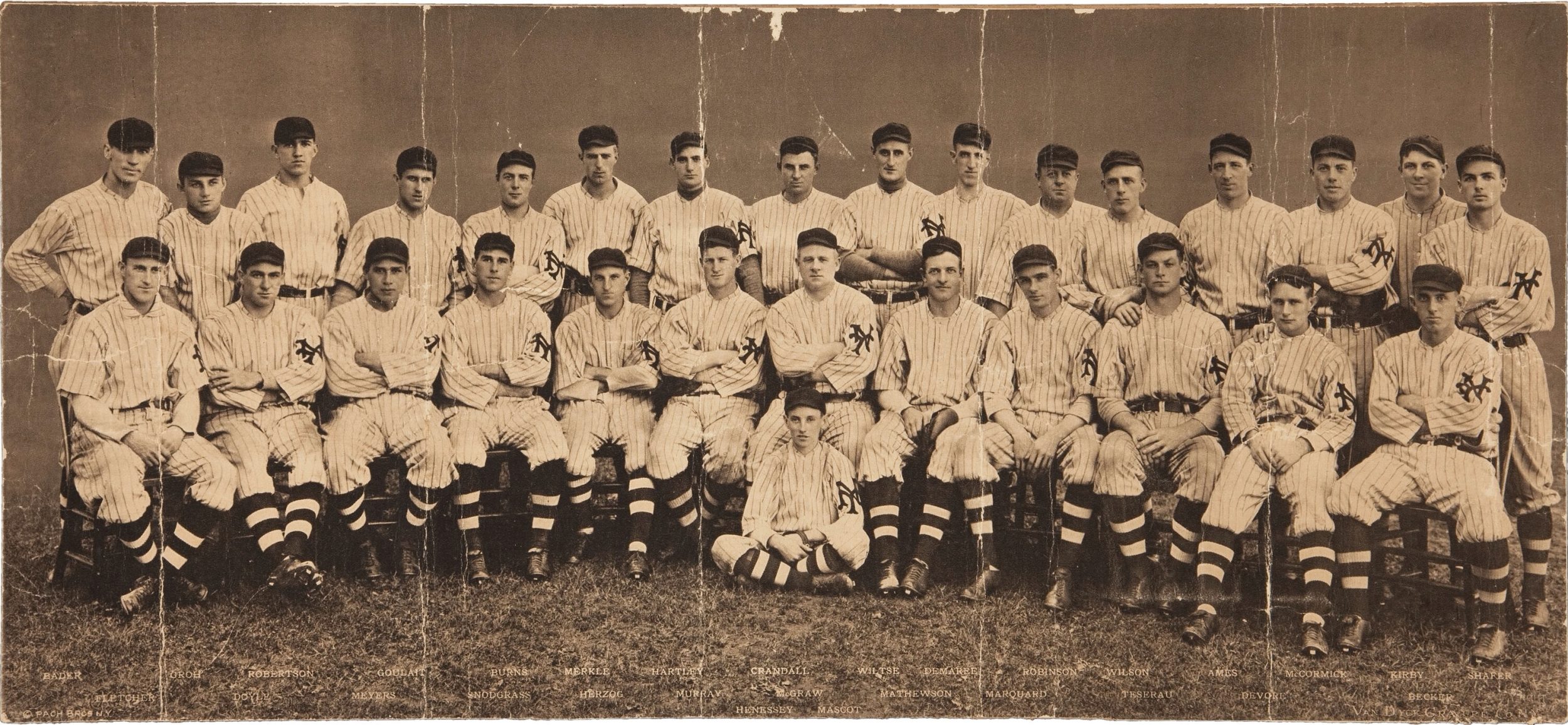
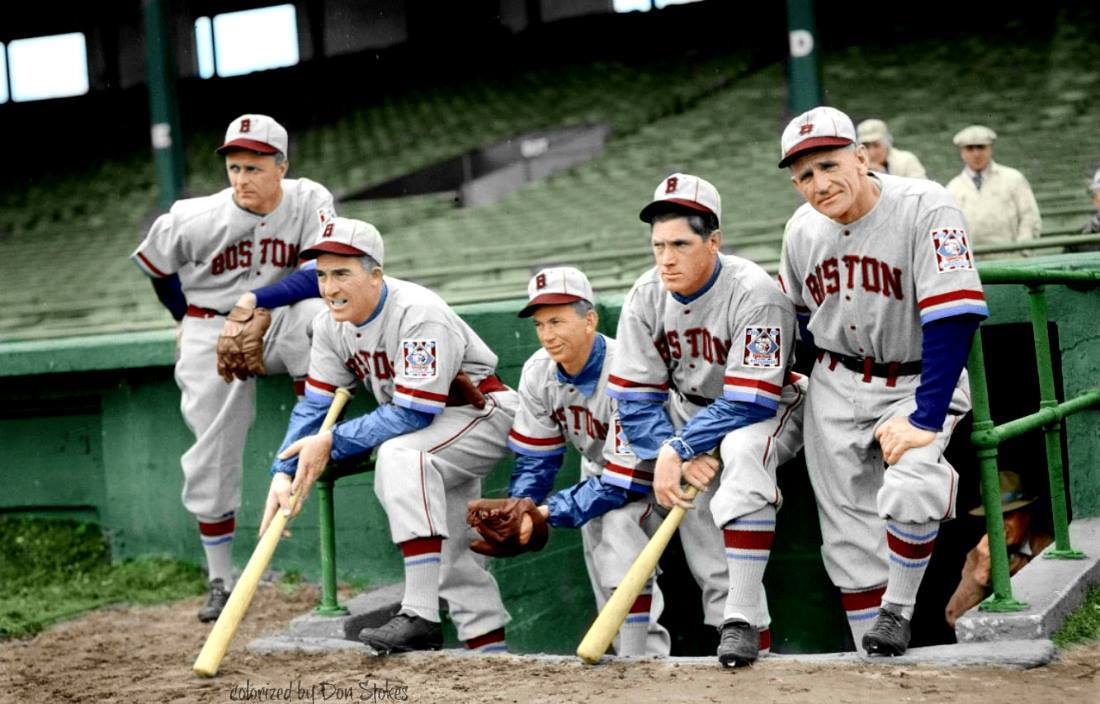
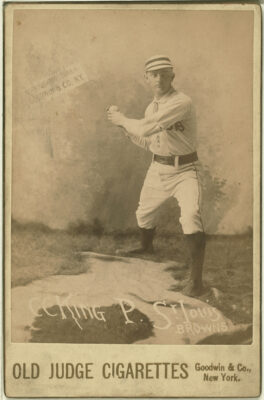
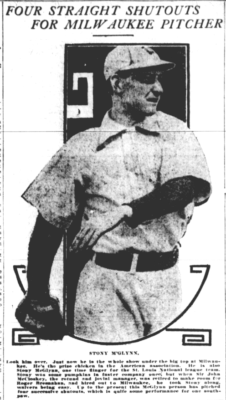
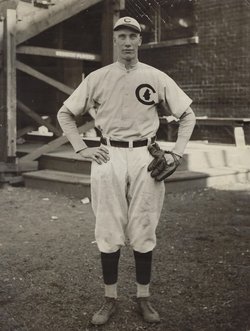
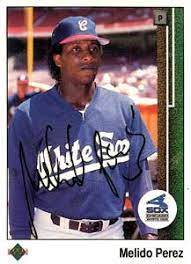
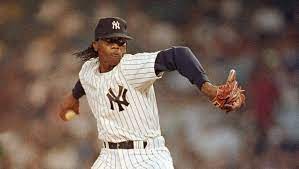
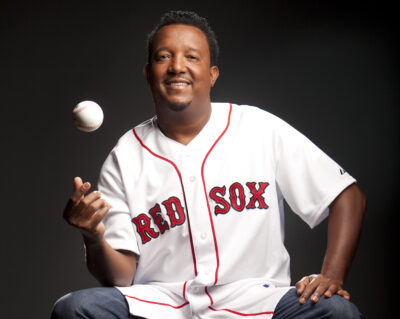
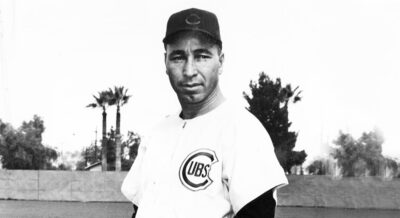
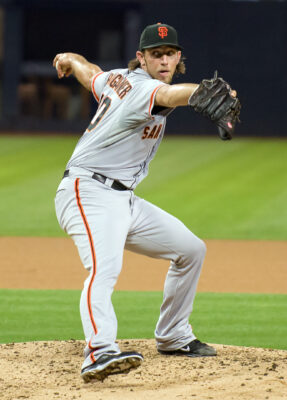
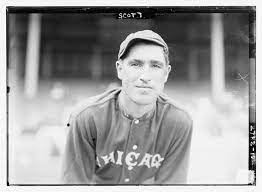
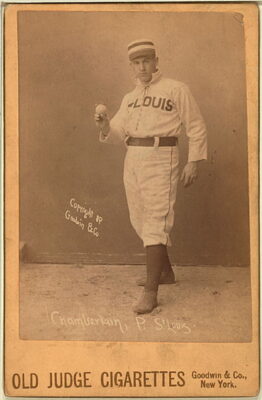
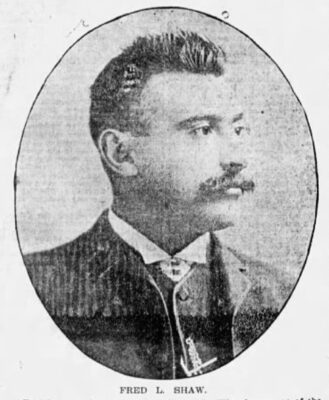
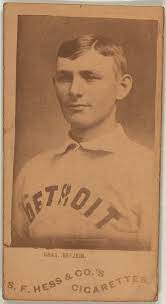
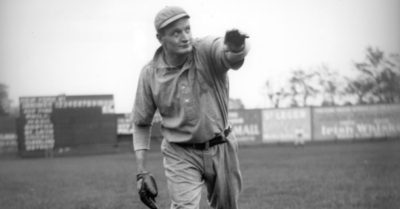
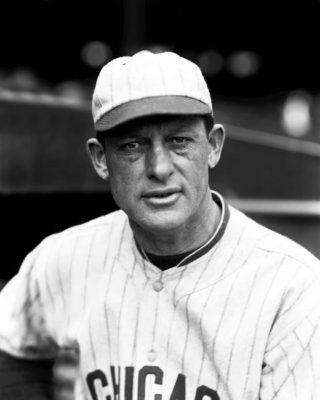
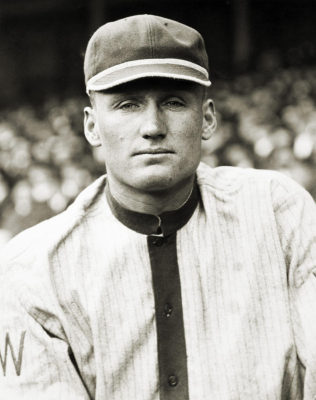
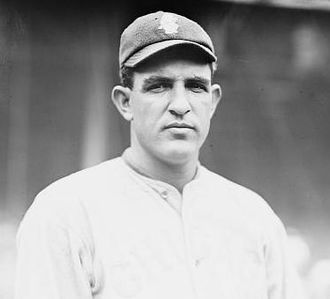
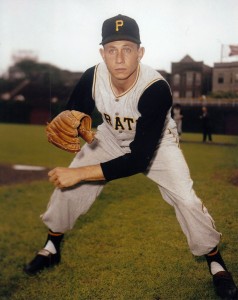
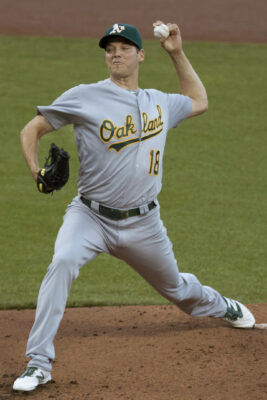
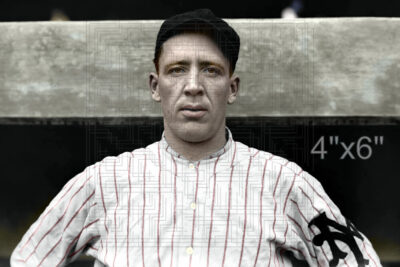

Here’s another nick name for ya Hippo Vaughn. And I think he was involved with a no hitter ?
Great research. All of these ” No Hitters” should be put back on the books. Whenever a new rule or even a civil law comes into effect all prior happenings should be grandfathered. What about the walks that counted as hits in the early days. What about the ground rule changes at ballparks. Those doubles that are now home runs because the fences were pushed in. Should we go back in the books and make them home runs? It is slap in the face and very unfair to the players that made these accomplishments Faye Vincent was a total moron not to grandfather these players.
Good points, Ken…thanks!
To show why you can’t compare eras in baseball. Remember the June 2, 2010 game between Cleveland @ Detroit. Armando Galarraga had a perfect game except umpire Jim Joyce called the potential last batter safe. If MLB had had that pace-of-game slowing replay system, Galarraga would have had a no hitter.
Not quite what this post is about, but it only cost you 2¢.
Jim Wohlenhaus
Good point, Jim…well worth the price!
Gary,
Agree with points made by Ken and Jim and will add what I think should be the rule:
The regulation baseball game is nine innings and 27 outs. Any starting pitcher who retires 27 batters without allowing a hit should be awarded a no-hitter regardless of what happens in an “extra” inning.
If he retires 27 consecutive batters with no batter reaching base, he should be in the books as having pitched a “perfect game.” It should not matter how the game concludes, even if he yielded 10 runs in the 10th inning. The pitcher has achieved a noteworthy accomplishment and should be in the official record.
Yes, please make it retroactive to justly credit the Harvey Haddix masterpiece.
All good points Bill, I agree…especially the one about Harvey Haddix!